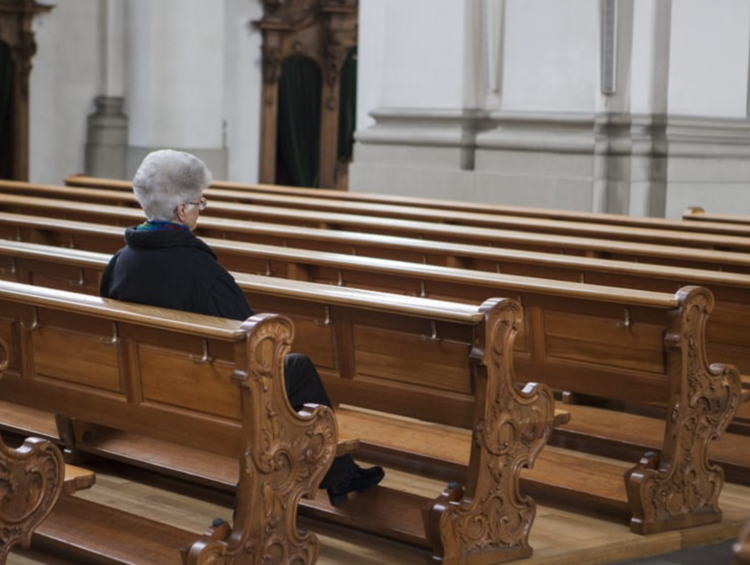I was thinking a bit today about the idea of subgroup composition in the world of politics and religion.
For example, evangelicals could be the same share of the population today as they were in the early 1980s, but that doesn’t mean that the composition of the group hasn’t changed significantly during the previous four decades. In fact, it would be pretty shocking if the racial composition of evangelicals hadn’t shifted and the average educational attainment hadn’t climbed, given the overall macro-level movement in American society.
That got me thinking quite a bit about a specific group — those who never attend religious services.
In 2008, according to the Cooperative Election Study, about 20% of all respondents reported that they never attended religious services. By 2022, that share had risen to 34%. A fourteen point jump is a whole lot of folks, by the way. In fact, in real numbers that’s over 45 million Americans.
But the composition of never attenders has also changed as that group has grown so much larger. What I really wanted to do is help readers better conceptualize this group — especially when it comes to politics.
One of my hobby horses recently has been trying to convince people that they need to stop thinking about Republicans as incredibly religiously active and Democrats are the ones who have nothing to do with religion. The Republican coalition is looking less and less religious every year and this is going to have big impacts in the elections to come.
Let’s start broad — with the share of each party identification that never attended religious services between 2008 and 2022.
In 2008, Independents were the most likely to be never attenders — bet you wouldn’t have guessed that.
Twenty-eight percent of them checked the “never” box, which was four points higher than Democrats. There were very few Republicans who were never attenders back when Barack Obama faced off against John McCain for the White House — just 10%.







